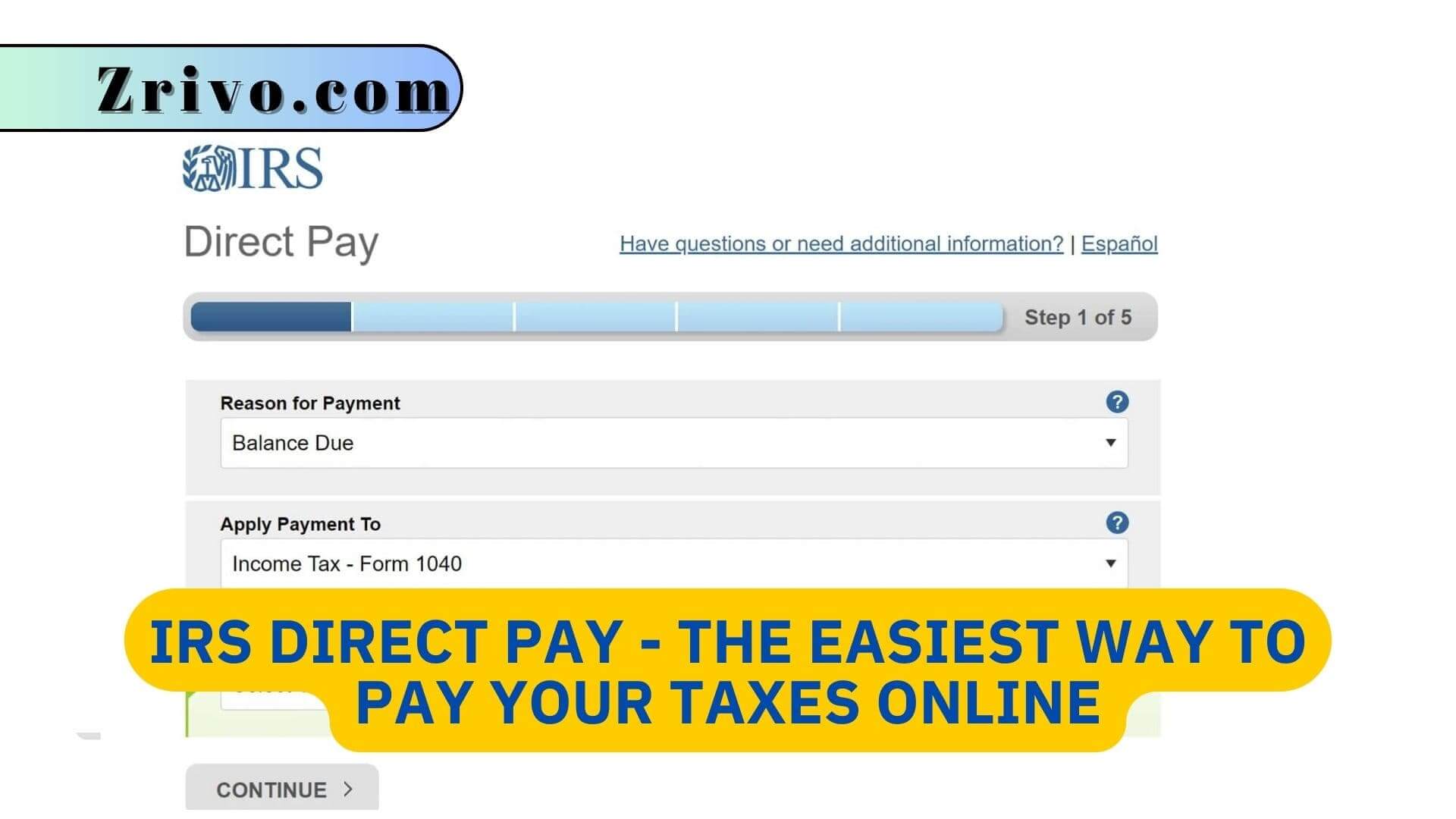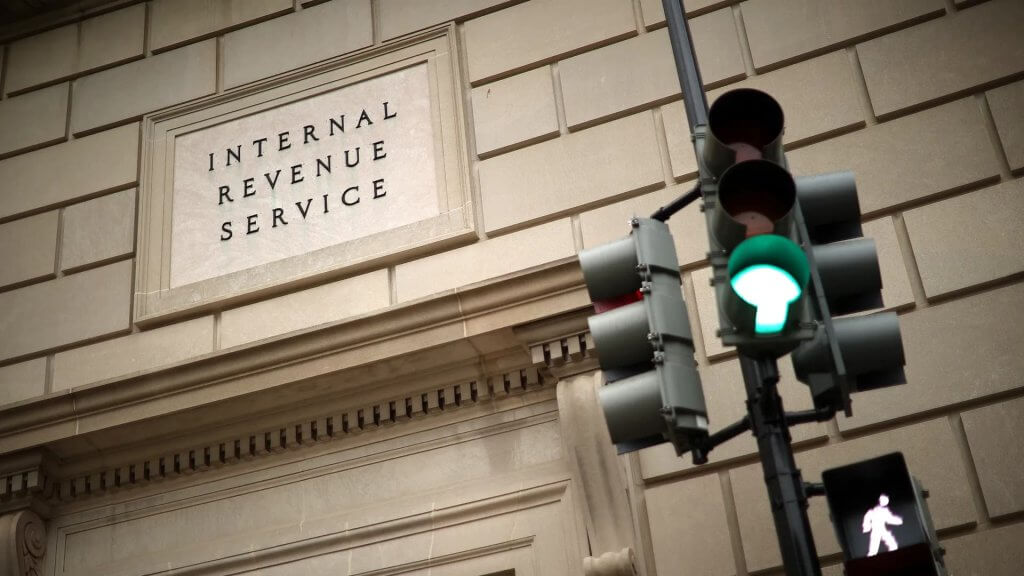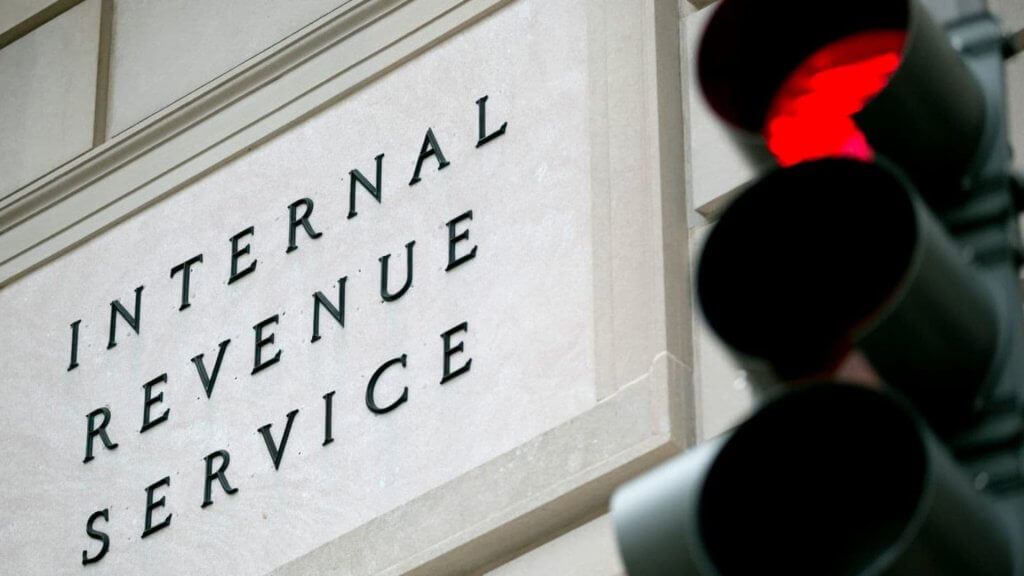
IRS Direct Pay is an online tax payment system that lets you deposit money into your federal tax account without mailing a check or waiting for the post office to process your payment. The service is free to use. It works for both business and individual tax returns. You can schedule a payment up to your return due date or even beyond. You can also use this service to make estimated quarterly payments.
Direct Pay offers a few different options for individual taxpayers to make payments on their taxes. The service lets you make debit and credit card payments directly from your bank account online. You can also access the same payment options through your e-file software and at an IRS retail partner. Other forms of payments available to individuals via Direct Pay include paying by check or money order. You can write a check or money order to the “United States Treasury” and mail it with a Form 1040-V (payment voucher) for the specific tax year you’re paying for. To avoid confusion, write your Social Security number and the tax form number on the voucher for the most accurate processing. You should also staple your checks together for more efficient submission.
Finally, if you don’t have the cash on hand to pay what you owe, you can request an installment agreement with the IRS. Generally, you’ll need to pay an upfront fee and interest until the full balance is paid.

Why Should I Use IRS Direct Pay?
It is because the easiest and quickest way to pay your tax debt is to use IRS Direct Pay. You can make a one-time payment or schedule payments up to a year in advance. You can use Direct Pay from your bank account, debit or credit card, digital wallet, or a mobile app. You will receive instant confirmation when you submit your payment. If you pay with a credit card, you may have to pay a fee to the payment processor. See the Payment Processor Fee Comparison Table for more information.
However, you can also pay by check or money order. If you send a check or money order, make it payable to the United States Treasury and include your taxpayer identification number, daytime phone number, tax year, and form or notice number on the front of your payment. If you file your taxes and cannot pay what you owe, you can apply online for a payment plan (including an installment agreement). Fees apply.
You can also visit an IRS “retail partner” to make a payment in person. You can find a list of retail partners here. If you choose this option, be sure to bring your tax return or notice with you so the retailer can properly transmit it to the IRS. Regardless of how you pay, make your payment before the due date to avoid interest and late-payment penalties.
EFTPS is another IRS electronic payment option that works for both business and individual taxpayers. You enroll online and provide identity and bank information to validate your account. Then you get a PIN via mail, which you can use to log in to the EFTPS website or call its phone number. You can change or cancel a scheduled payment up to two days before the payment is due and receive email notifications about your payments.

Drawbacks of IRS Direct Pay
While it offers convenience and ease of use, there are a few drawbacks associated with IRS Direct Pay:
- Limited Payment Options: IRS Direct Pay only accepts payments directly from a U.S. checking or savings account. It does not support credit card payments or other payment methods, which may be inconvenient for individuals who prefer using alternative payment methods or want to earn rewards through credit card payments.
- Time-Sensitive Payments: When using IRS Direct Pay, payments must be scheduled before 8 p.m. Eastern Time (ET) at least one business day prior to the payment date. This can be inconvenient for individuals who need to make last-minute payments or want to pay on weekends or holidays.
- Transaction Limits: IRS Direct Pay has transaction limits for both daily and monthly payments. As of 2025, the daily limit is $10 million, and the monthly limit is $100 million. While these limits are generally sufficient for most individuals, they may pose a problem for high-income individuals or businesses with substantial tax liabilities.
- No Confirmation of Receipt: Although IRS Direct Pay allows users to verify the payment details before submitting, it does not provide an immediate confirmation of payment. Users have to rely on their own records and bank statements to ensure that the payment was successfully processed by the IRS.
- Lack of Flexibility for Payment Plans: IRS Direct Pay is primarily designed for one-time payments and does not offer flexible options for setting up installment agreements or payment plans. If individuals need to set up a payment plan for their tax liabilities, they may need to explore other options such as the Online Payment Agreement or other IRS payment methods.